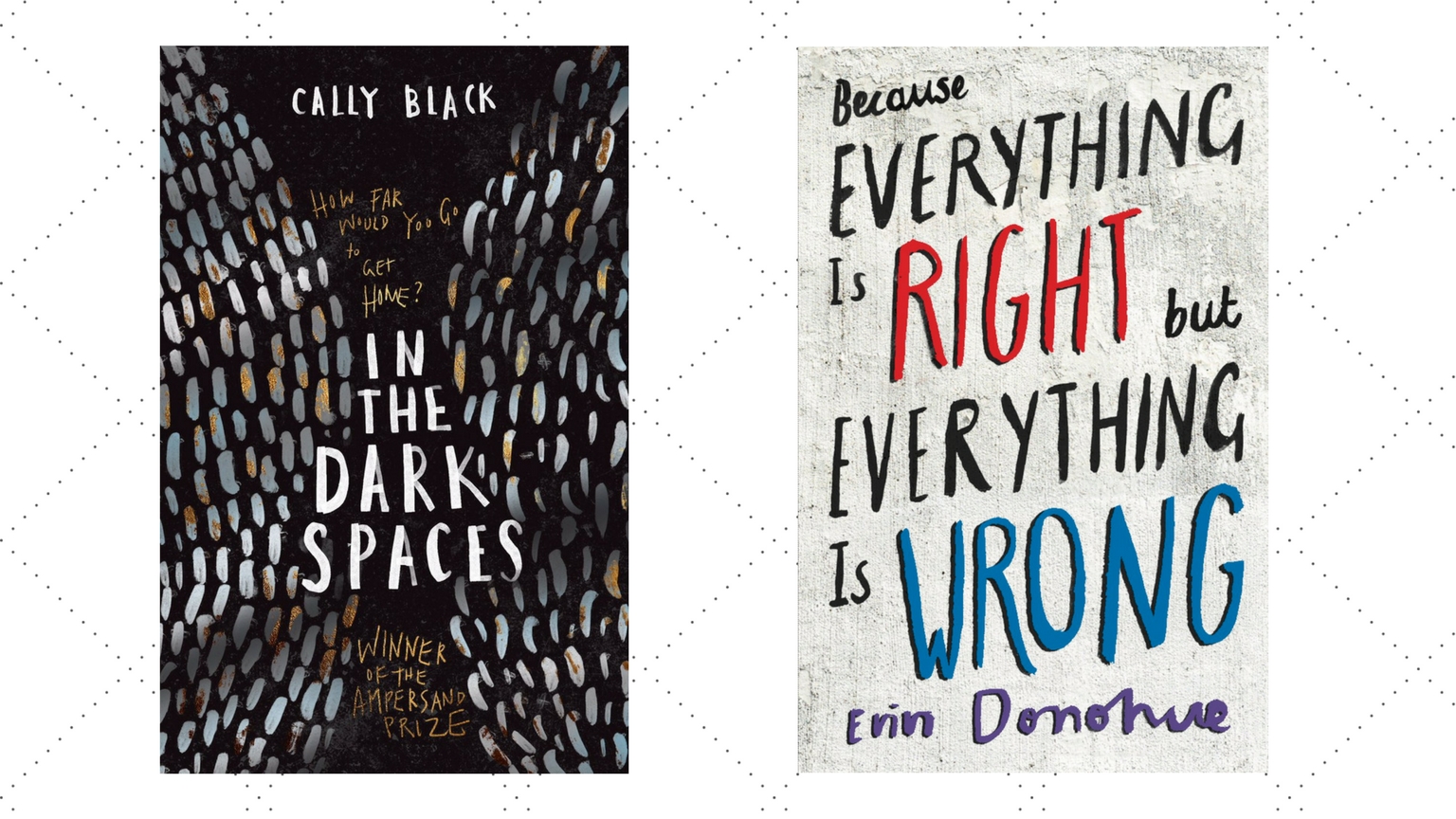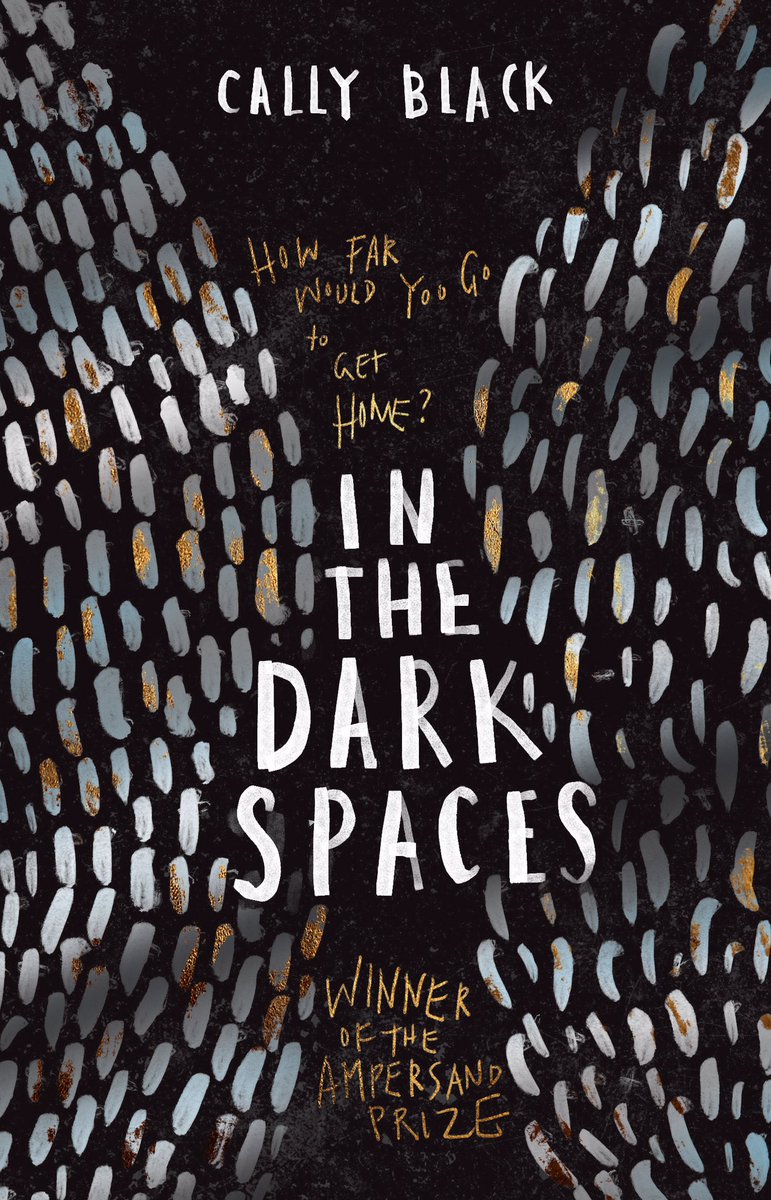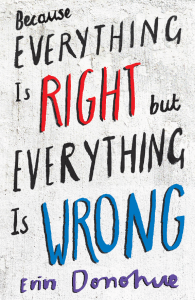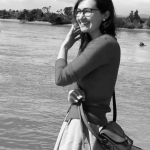Every now and then I’m determined to broaden my teeteringly-high reading pile by adding in new genres. Build it out sideways for stronger integrity, perhaps.
The YA I love tends to tell convincingly real stories of convincingly real teenagers, which is odd, since I spend my working life surrounded by these as a teacher. But I have just finished reading a sci-fi novel and, although I’m still grasping to find in it some kind of deeper metaphor for the human spirit, I was immersed in the strange new world and impressed by the complete originality of the story.

In The Dark Spaces, by Cally Black
Set in deep space sometime in a terrifying future, In the Dark Spaces is the debut YA novel from Cally Black that won her the Hardie Grant Egmont’s Ampersand Prize. Cally Black is a pseudonym of Bren McDibble, an expat kiwi, who writes junior fiction and readers under her own name.
The novel is all first-person action as we follow Tamara – initially hiding out on a star freighter while a race of Crowpeople rampages around her – in survival mode. When discovered, she is forced to learn the ways and language of her alien captors, win their trust and join their squad in gruesome combat, all the while trying to make her way back to her missing baby cousin.
We understand Tamara’s strength and motivation and how this leads her to join the violent squad of the crowpeople. Females hold the power here, albeit in a violent or desperate way, and Black has created not just a new race and society, but a strange new vision of the future. We’re never really told what’s happened before or what – if anything – life back on Earth has to offer, but there are nods to earlier civilisation in the names of the star freighters, which include Jolene, Layla and My Sharona.
After being separated from her baby cousin, Gub, Tamara is driven by her need to find family and a sense of wholeness again. The scenes where she is connecting with Gub are the most ‘real’ for me as personalities shine through and characters interact joyfully, highlighting the need for family and community beyond just staying alive.
The few connections Tamara makes become very meaningful and although the relationship with older Captain James didn’t ring true for me, the point about clinging to familiarity in a weird world and the relief and value in being able to communicate in one’s own language could be seen as a powerful message.
I personally wanted more depth to her as a character, but it was fitting that Tamara was operating in this heightened place of action and reaction, a state cleverly summed up when she finds herself back in human company. They offer to pick up some stuff she might need:
‘Stuff?’ I ask.
‘Toothbrush, change of clothes, that kind of thing.’ It’s been so long since I had stuff. Like I’ve spent so long trying to stay alive, and now I’m finally back on a human ship, I have to wind my brain down to talk about small things like toothbrushes and stuff.
The whole novel seems to operate in that urgent part of the brain, with no time to wind it back to the details. At times this made things difficult to picture and the plot felt a bit spindly, as we fled from scene to scene, with no clues as to what might be around the next corner. As a reader, you are thrown into this world and just have to believe in it and find your way through, alongside the main character.

Because Everything is right but everything is wrong, by Erin Donohue
Another story of survival, but one that does wind the brain right back down to the details, the small things that are so significant, is Erin Donohue’s Because Everything is Right, but Everything is Wrong. In contrast to Black’s debut, 21-year- old Donohue has written a novel that is all character, all emotion and completely human.
Based on her own experiences with mental illness at high school, Donohue tells an authentic tale of depression and anxiety, from trying to ignore it, attempting to cope with it, spiralling out and finally moving into treatment and recovery.
Caleb is in his last year of school and we are so far inside the narrator’s head with him it’s impossible not to empathise and feel compassion towards anyone suffering in the way he is. These ideas of understanding mental illness are treated beautifully and never feel cliché, preachy or laboured, with each character playing a crucial role in helping to tell Caleb’s story. His family and friends become periphery characters as he distances himself more and more.
This novel also moves towards a family reunited and works with ideas about finding meaningful connections, but the battle fought and won here feels even more victorious than Tamara’s. Where Tamara is trying to stay safe and alive in every unexpected moment, Caleb struggles to feel anything except invisible in what should just be an ordinary life.
Caleb’s story is movingly and poetically told. We, like everyone else in the novel, just want him to be okay. He’s withdrawn, but observant, every sense heightened, as evident in the slow detailed way he describes his surroundings. When he meets mysterious and wildCasey, for example:
“It’s her eyes that get me though. They’re grey. Tangled with cool blue ice. Like a hint of light blue hadn’t been cleaned off the paint brush and got mixed with grey when the artist changed colour. Looking at her eyes is like diving under the waves in August. It’s chilling but it makes you feel alive.”
The real-life details set a strong high school scene too: flustered teachers rushing into class late with cups of coffee and stacks of papers; skipping school to hang out at Aotea Lagoon. These moments are just enough to ground readers in a specific place, without over-powering the skilful narrative.
The clever story-telling also means we recognise Caleb is more unwell than he realises as we catch other characters’ expressions of concern, or wonder how Casey always knows at which point to turn up in Caleb’s fluctuating states. There’s such insight into the mind of someone struggling with the pressures of school and life made even more over-whelming by anxiety. A novel that would surely help anyone suffering with mental illness realise they’re not alone.
Being lost and found is a common theme in YA fiction and an important teenage experience to explore. Between Black’s sci-fi and Donohue’s deeply personal account we see both the physical and emotional side of this struggle and ultimately the importance of human connection to our sense of belonging in a world where it is so easy to feel disconnected.

Because Everything is right but everything is wrong
By Erin Donohue
Published by Escalator Press
RRP: $24.99

Saradha Koirala
Saradha Koirala is a New Zealand poet and writer based in Melbourne, Australia. She is the author of three poetry collections and two teen novels. Learning to Love Blueis a sequel to Lonesome When you Go. Saradha teaches English Literature and Creative Writing in Melbourne.



